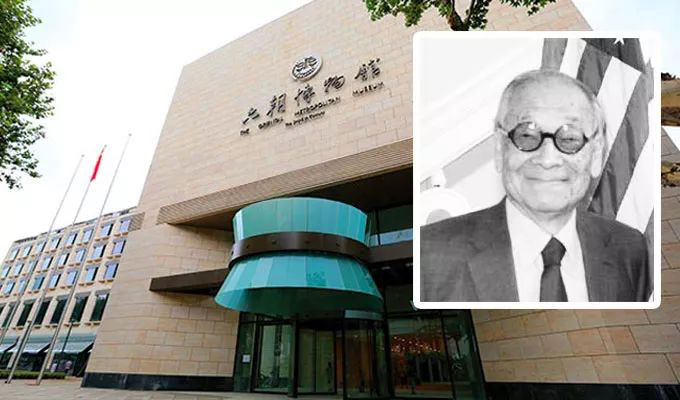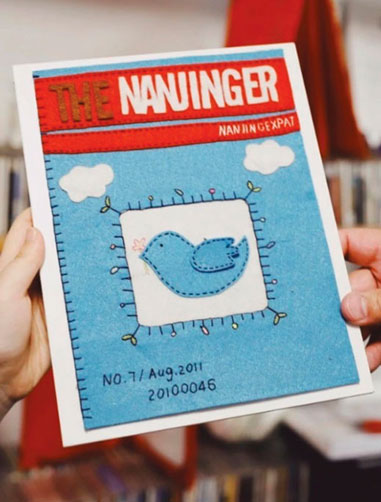I.M. Pei, the Chinese-American architect, passed away on 16 May, at the age of 102. His loss is felt all over the world, but particularly here in the Yangtze River Delta part of China.
While Pei was born in Guangzhou, his ancestry can be dated back to the Ming Dynasty (1368–1644) when his family moved from Anhui province to Suzhou, here in Jiangsu.
At the age of 10, Pei relocated to Shanghai and was exposed to the latest architecture and trends. The Western buildings on the Bund, as well as international hotels, spiked his interest in architecture. 83 years later, in 2010, Pei won the Royal Society of Architects Gold Award, one of the most prestigious awards in the industry and intended as a compliment for an architect’s lifelong work.
Hailed as the last master of modernist architecture, his designs span four continents and 10 countries, while one judge for the Prizker architecture prize commented, “He created the most beautiful interior and exterior shapes of this century”.
Of all his works, the two that most stand out are the Louvre Pyramid in Paris and the Kennedy Library in Boston.
After the former was once criticised by a French citizen as a cheap gem, and during a speech made therein, Pei said with his typical smile, “Architects have to insist [on] themselves. If it is successful, good; if not, try one more time”.
For the latter, as a fitting memorial, Kennedy’s widow Jacqueline said, “He was so full of promise, like Jack; they were born in the same year. I decided it would be fun to take a great leap with him”.
Back in the Yangtze River Delta, and despite spending most of his lifetime in America since the age of 17, Pei never forgot about Suzhou, where he fell in love with the Chinese poetry, paintings and gardens that would serve as inspiration for his designs. He recalled a visit to Suzhou’s gardens; “Suzhou is also my home, where traditional buildings often use the Moon Gate, so I’ve always been impressed by this figure”.
So it was to be that Pei designed the $40 million Suzhou Museum in 2006, fittingly located near his childhood home and adjacent to two Suzhou Gardens that are Unesco World Heritage sites. Speaking with the New York Times upon the museum’s opening, Pei said, “I’ve never done anything like this before. … I’ve used gray and white, which are Suzhou colours. But the form is modern”.
ChinaNews delved deeper into the Chineseness of the design, reporting that Pei made great efforts to incorporate Chinese classical landscape painting into the concept; “Wall as paper, stone as painting”, using stones to imitate Mifu’s “Mishi Cloud and Mountain” (米氏云山) from the Song Dynasty.
Here in Nanjing, Pei’s presence is felt through his sons, Chung Pei and Li Chung Pei. Their firm, Pei Partnership Architects, is responsible for The Oriental Metropolitan Museum at the eastern end of Changjiang Lu, also known as the Six Dynasties Museum that is a direct translation of its Chinese name.
While Pei’s architecture has kept track of the last 100 years of history, most importantly, his creations imprinted Chinese style on the world of Western architecture, in the process becoming treasures and wealth for all.











